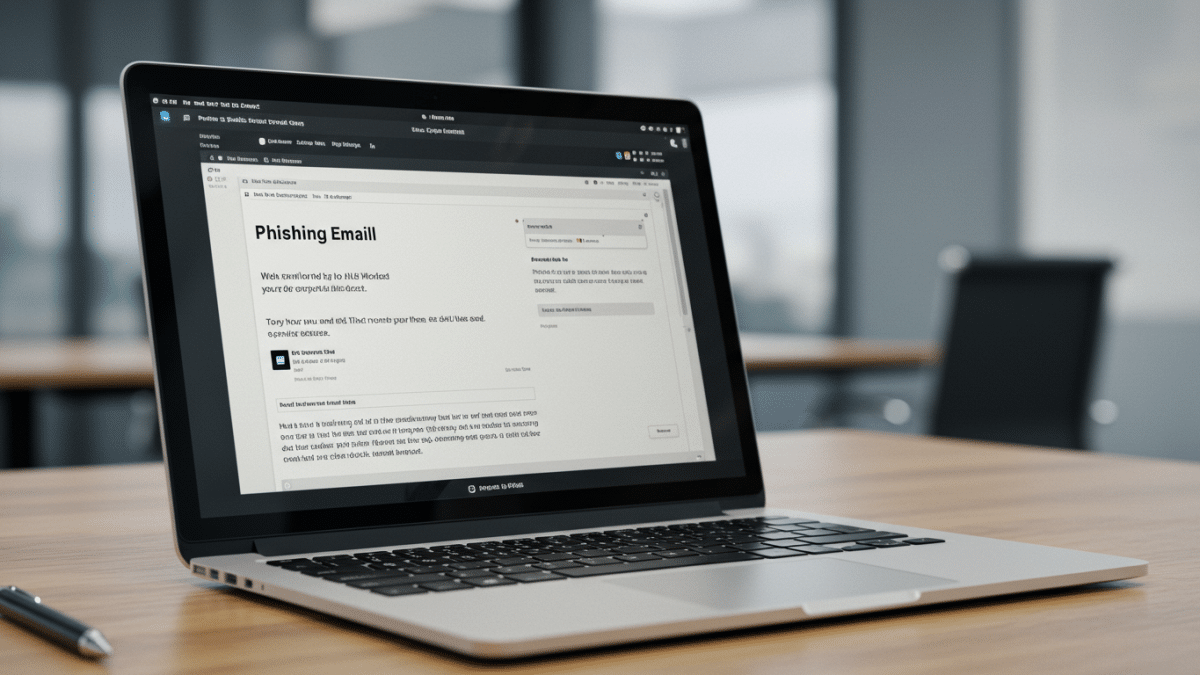
App Stores Under Attack: How to Protect Your Business from the Latest Mobile Threats
February 17, 2025
The AI Hype Frenzy: Are We Fueling the Next Generation of Cyberattacks?
February 19, 2025Microsoft recently revealed a concerning trend in cyberattacks: device code phishing. This sophisticated technique is being used by a suspected Russia-linked threat group to target organizations across various sectors, including government, IT services, telecom, healthcare, education, and energy.
Who is being targeted?
This campaign, while widespread, appears to be highly targeted. The attackers are focusing on organizations and individuals with access to sensitive information and systems. This includes:
- Government agencies: Both domestic and international government bodies are at risk, particularly those involved in defense, infrastructure, and international relations.
- Critical infrastructure: Organizations in the energy, telecom, and healthcare sectors are being targeted due to the potential for disruption and the valuable data they hold.
- IT service providers: Compromising IT service providers can give attackers a foothold in the systems of their clients, leading to further breaches.
How does device code phishing work?
Device code phishing exploits a legitimate authentication mechanism designed for devices that cannot directly access a web browser. Here’s how it works:
- Phishing Email: The attacker sends a phishing email, often disguised as a legitimate communication, such as a Microsoft Teams meeting invitation.
- Device Code: This email contains a link that, when clicked, directs the victim to a legitimate Microsoft login page. However, the attacker has already initiated an authentication request and generated a device code.
- Code Entry: The victim, believing they are simply logging in to access the meeting or resource, enters the provided device code.
- Token Capture: Unbeknownst to the victim, entering the code grants the attacker an authentication token, giving them access to the victim’s account.
Why is this a concern?
Device code phishing is particularly dangerous for several reasons:
- Bypasses MFA: Even if the victim has multi-factor authentication enabled, the attacker can bypass this security measure by capturing the authentication token.
- Persistent Access: Once the attacker has the token, they can maintain access to the account even if the victim changes their password.
- Lateral Movement: The attacker can use the compromised account to send further phishing emails within the organization, potentially compromising more accounts and systems.
What can you do to protect your business?
- Education and Awareness: Train your employees to recognize phishing emails and be wary of any unexpected requests for device codes.
- Strong Passwords and MFA: Enforce strong passwords and implement multi-factor authentication wherever possible. However, be aware that MFA alone is not foolproof against this attack.
- Suspicious Email Protocols: Establish clear protocols for handling suspicious emails, including reporting them to the IT department.
- Security Software: Deploy robust email filtering and anti-phishing solutions to detect and block malicious emails.
- Regular Security Audits: Conduct regular security audits and penetration testing to identify vulnerabilities and improve your defenses.
Don’t wait for an attack to happen. Take proactive steps to protect your business from device code phishing and other cyber threats.
Contact Krypto IT today for a free consultation and learn how we can help you secure your systems and data.
#cybersecurity #phishing #devicephishing #cyberattack #dataprotection #securityawareness #ITsecurity #cyberthreat #informationsecurity #KryptoIT




